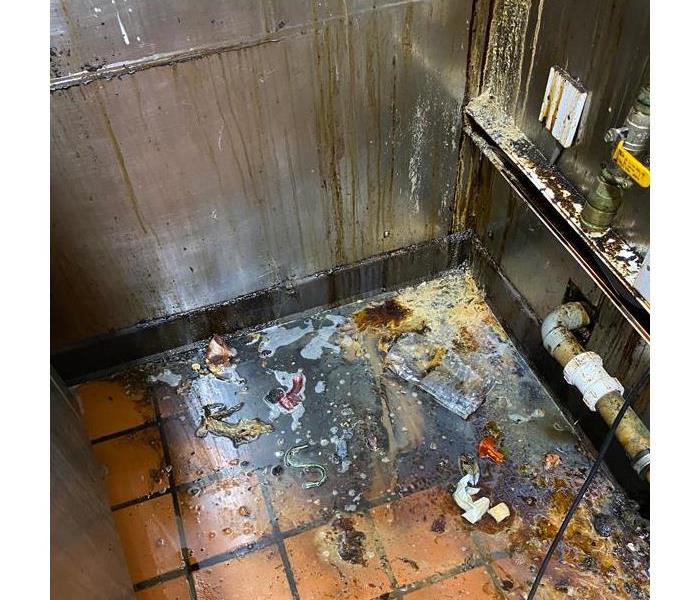Pests: A Biohazard?
3/15/2022 (Permalink)
The definition of biohazard, at least according to Merriman-Webster, is "a biological agent or condition that is a hazard to humans or the environment also : a hazard posed by such an agent or condition.
Human blood, animal waste, bodily fluids and pathological waste are all sources of biohazards as defined. A number of pests also transmit disease:
- Histoplasmosis: An infection caused by a fungus that derives from bat and bird droppings.
- Salmonellosis: A bacteria that can be transmitted through the fecal matter of cockroaches.
- Plague: A disease that affects humans and animals. Typically transmitted by the bite of a rodent flea that is carrying the bacteria.
- Lyme: A bacterial infection spread through the bite of an infected tick.
Pests spread a number of viruses, bacteria and diseases and can adversely effect our food and water supply. Pest Control is about management of the environment in which these pests live, feed and breed. Keeping these areas clean and constant monitoring is a practical, necessary approach to pest control.
Pesticides and rodenticides help to kill pests, but they are not a total solution. Removing access, removing food and moisture sources and good sanitation practices are the key to a successful pest control program.
While we at SERVPRO are not licensed pest control technicians, we are experts at cleaning, a service that goes hand-in-hand with pest control best practices.

 24/7 Emergency Service
24/7 Emergency Service
